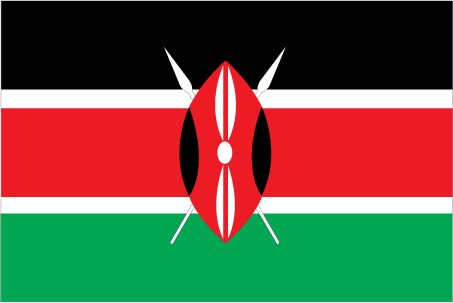To help inspire or plan your trip to Kenya, some of its major attractions
for travellers are shown below, including some of the best natural, historical, cultural and adventure sites in the country.
These include all of UNESCO World Heritage Sites for Kenya which represent the best
of the world's cultural and natural heritage.
Click on the icons below to focus on specific types of features
(click again to return to all).
|
|
|
|
|
|
|
|
|
|
|
|
 |
|---|---|---|---|---|---|---|---|---|---|---|---|
| Natural | History | Wildlife | Trekking | Cities | Religious Monument | Boat Journey | Rail Journey | Diving | Cultural | Adrenaline | UNESCO WHS |
UNESCO World Heritage Sites in Kenya
| Lake Nakuru | |
|---|---|
Lake Nakuru is a beautiful national park, best know for its huge population of pink flamingos which are attracted to the algae of its soda lake - one of the greatest bird spectacles on earth where entire portions of the lake can be turned pink due to the vast numbers. Over 400 other bird species are also resident here, including 13 globally threatened species and is a major nesting and breeding ground for great white pelicans. On dry land, it's an excellent place to view black and white rhinos, as well as buffalo, cheetah, lion, greater kudu, zebra and the endangered Rothschild giraffe. UNESCO World Heritage Site: Kenya Lake System in the Great Rift Valley | |
| Lake Turkana National Parks | |
|---|---|
The three national parks around Lake Turkana are stopovers for migrant waterfowl and major breeding grounds for the Nile crocodile, hippopotamus and a variety of venomous snakes while the Koobi Fora deposits are rich in mammalian, molluscan and other fossil remains. UNESCO World Heritage Site: Lake Turkana National Parks | |
| Mount Kenya | |
|---|---|
Mount Kenya is the second highest peak in Africa at 5199m. The trekking route up Mount Kenya has been described as more beautiful than that of Kilimanjaro. The trekking peak reached is Point Lenana at 4985m, higher are the technical peaks of Batian (5199m) and Nelion (5188m). For the less adventurous, the slopes of Mount Kenya makes for excellent hikes through grasslands, moorlands and dense forests. UNESCO World Heritage Site: Mount Kenya National Park/Natural Forest | |
| Lamu Old Town | |
|---|---|
Lamu Old Town is the oldest and best-preserved Swahili settlement in East Africa and has become an important centre for Muslim studies and festivals. The town is characterised by buildings of coral stone and mangrove timber with inner courtyards, verandas, and elaborately carved wooden doors. UNESCO World Heritage Site: Lamu Old Town | |
| Sacred Mijikenda Kaya Forests | |
|---|---|
The remains of 11 fortified villages of the Mijikenda people, known as kayas, are located along the forested coast of Kenya, spread over 200km. Created between the 16th and 20th centuries, the kayas are now regarded as sacred sites of the abodes of ancestors. UNESCO World Heritage Site: Sacred Mijikenda Kaya Forests | |
| Fort Jesus Mombasa | |
|---|---|
Fort Jesus was built by the Portuguese in 1593-1596 to protect the port of Mombasa. Designed by Giovanni Battista Cairati, it is one of the most outstanding and well preserved examples of 16th Portuguese military fortification, its layout and form reflecting the Renaissance ideal that perfect proportions and geometric harmony are to be found in the human body. UNESCO World Heritage Site: Fort Jesus, Mombasa | |



